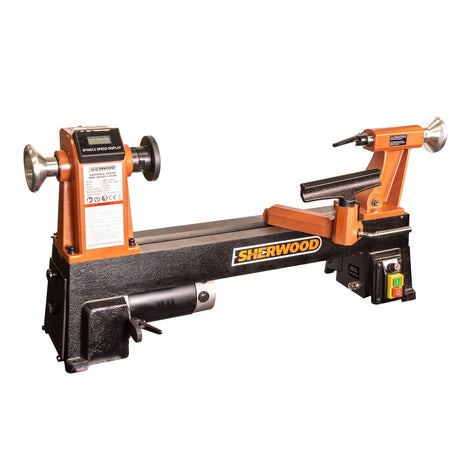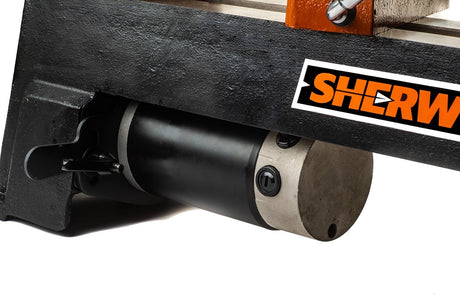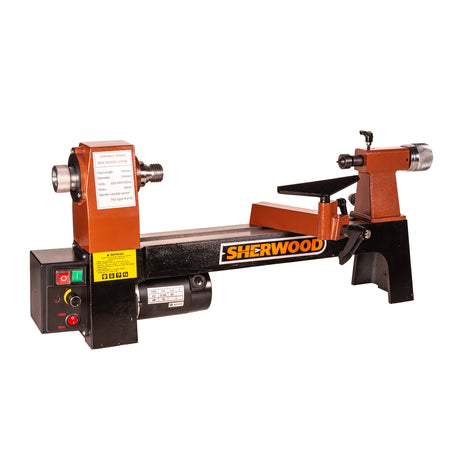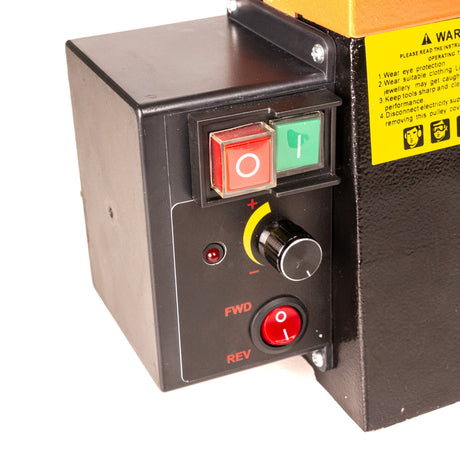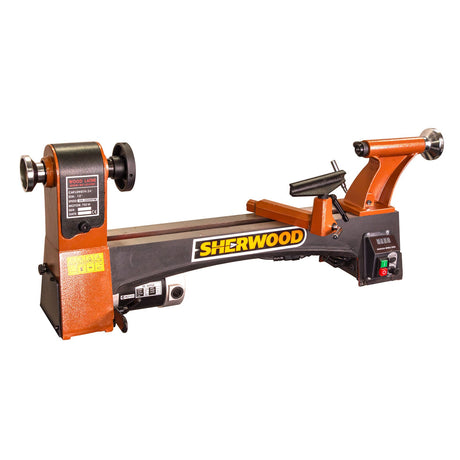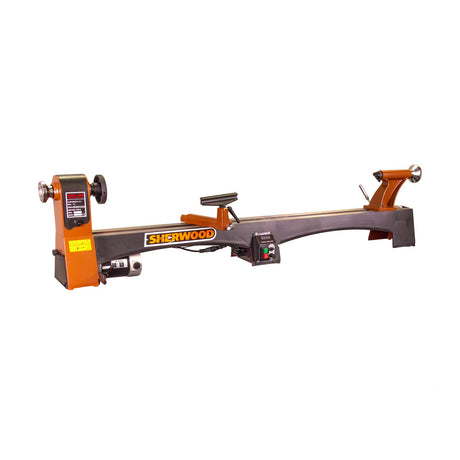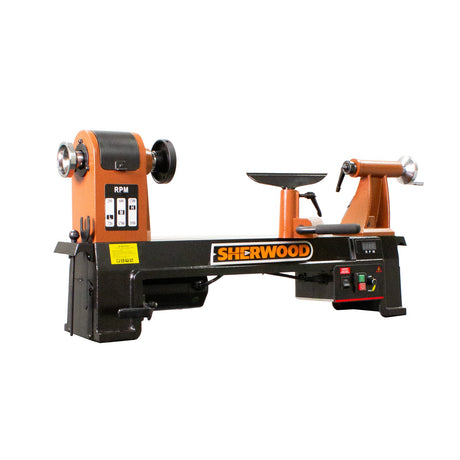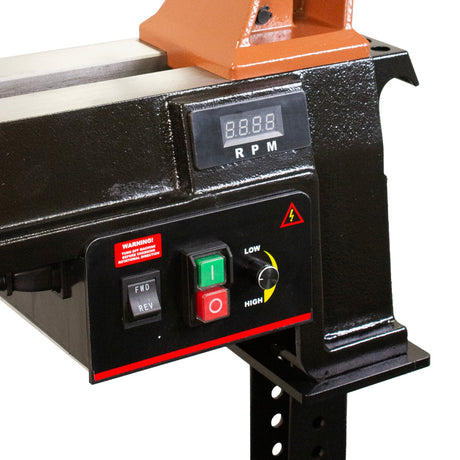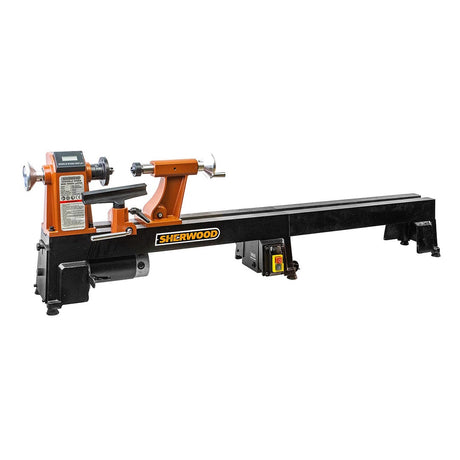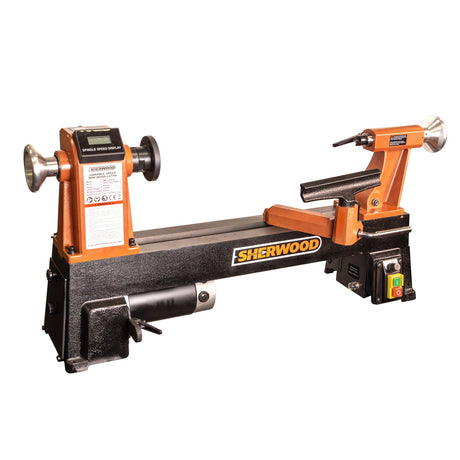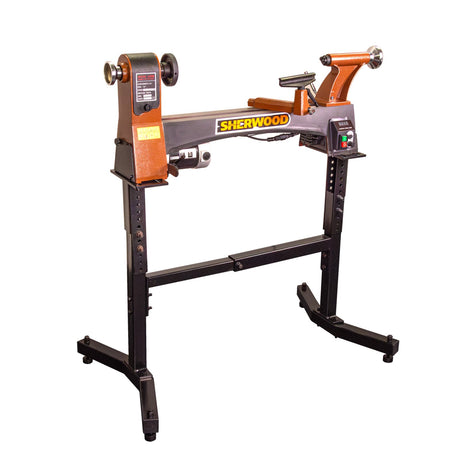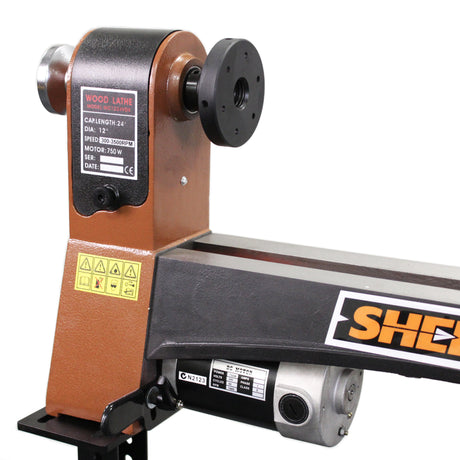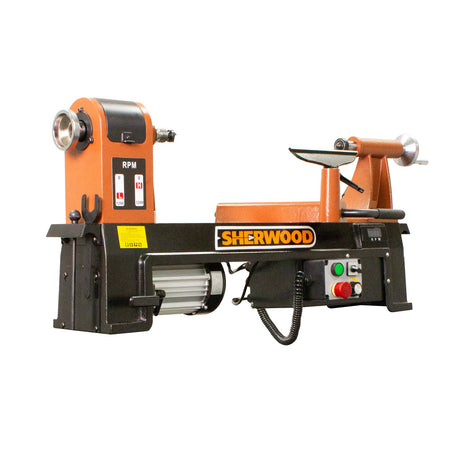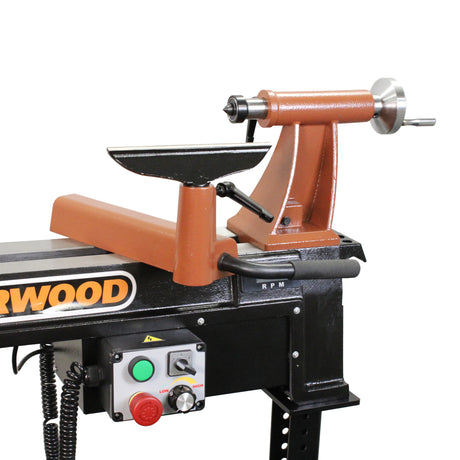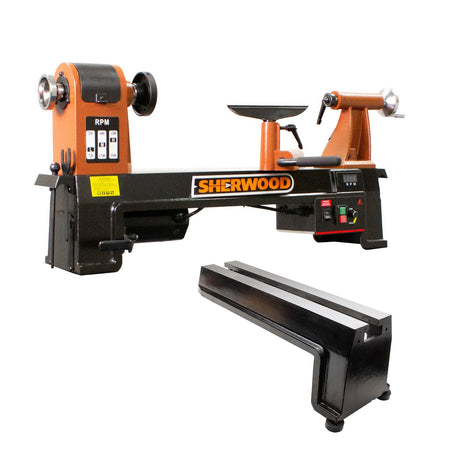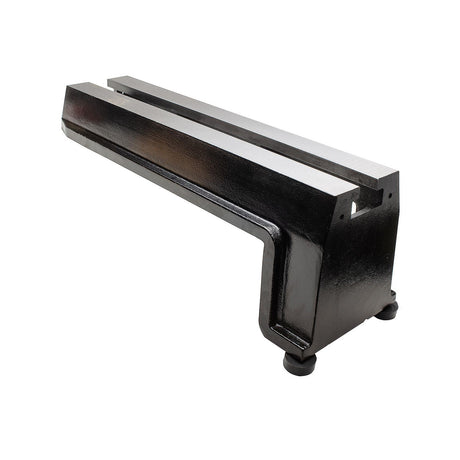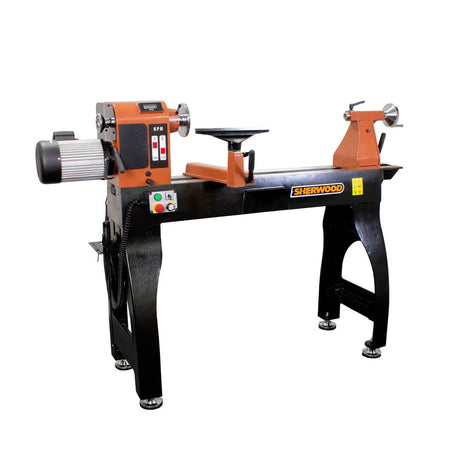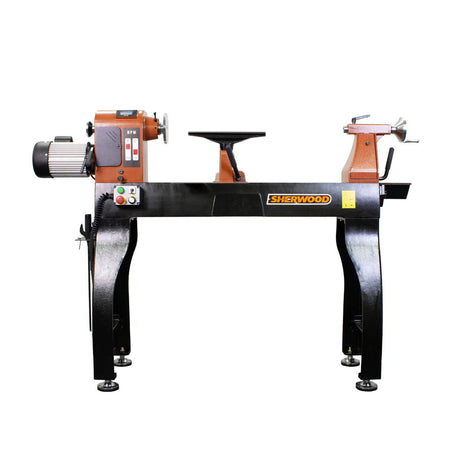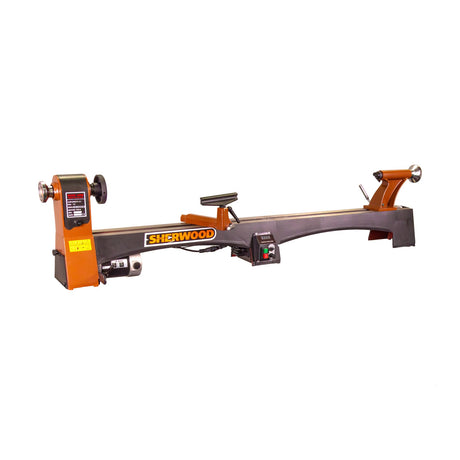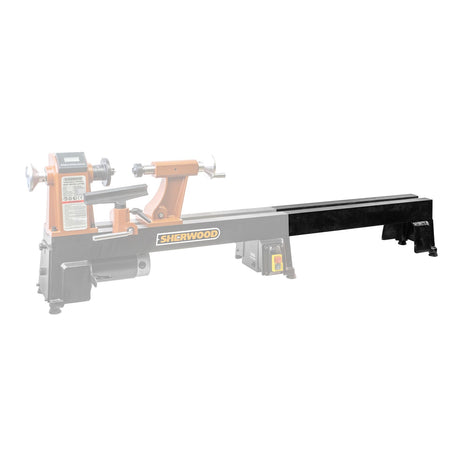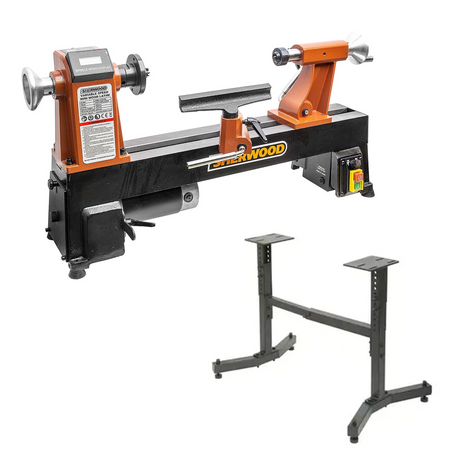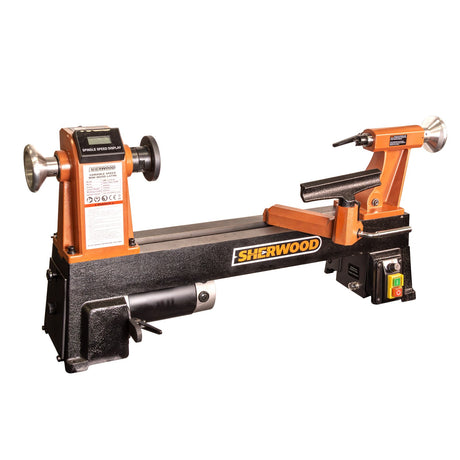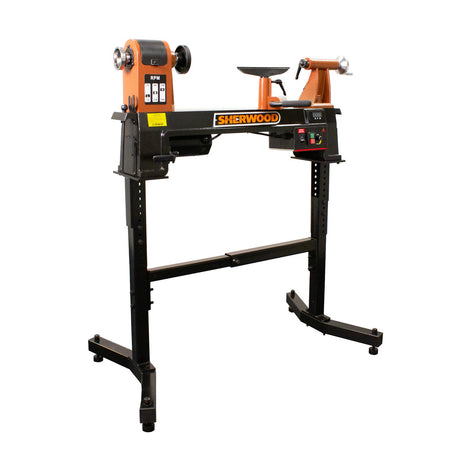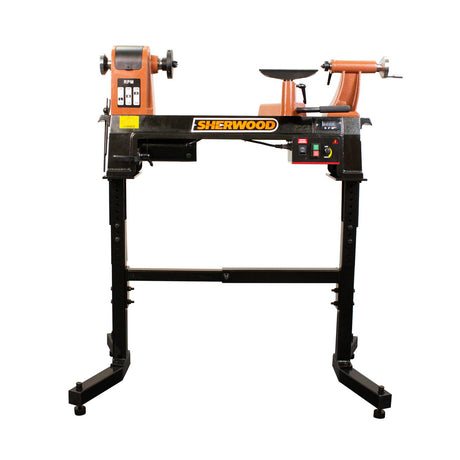Sherwood
Sherwood Benchtop Mini Wood Lathe 305mm Swing 550W Variable Speed
$585.00$649.00Unit price /UnavailableIn stockSherwood
Sherwood Benchtop Micro Wood Lathe 200mm Swing 300W Variable Speed
$359.00$399.00Unit price /UnavailableIn stockSherwood
Sherwood Benchtop Minimax Wood Lathe 305mm Swing 750W 1HP
$719.00$799.00Unit price /UnavailablePre-OrderSherwood
Sherwood Benchtop Midi Wood Lathe 350mm Swing 750W 1HP Variable Speed
$999.00$1,099.00Unit price /UnavailableIn stockPROXXON
PROXXON DB-250 Micro Wood Lathe 250 x 40mm 100W
$367.90Unit price /UnavailableVery low stock (4 units)Sherwood
Sherwood Benchtop Mini Wood Lathe with Bed Extension 305mm Swing 550W Variable Speed
$765.00$848.00Unit price /UnavailableLow stock (10 units)Sherwood
Sherwood Wood Lathe Bed Extension 550mm Suits SWL-1624-VF
$199.00Unit price /UnavailableVery low stock (4 units)Sherwood
Sherwood Minimax Wood Lathe with Stand 305mm Swing 750W 1HP
$899.00$998.00Unit price /UnavailablePre-OrderSherwood
Sherwood Maxi EVS Wood Lathe with Stand 400mm Swing 1500W 2HP
$2,899.00Unit price /UnavailableSherwood
Sherwood Benchtop Midi EVS Wood Lathe 350mm Swing 750W 1HP
$1,449.00$1,599.00Unit price /UnavailableIn stockSherwood
Sherwood Benchtop Midi Wood Lathe with Bed Extension 350mm Swing 750W 1HP Variable Speed
$1,199.00$1,328.00Unit price /UnavailablePre-OrderSherwood
Sherwood Maxi Wood Lathe 510mm Swing 2200W Variable Speed
$3,199.00$3,999.00Unit price /UnavailableLow stock (6 units)Sherwood
Sherwood Benchtop Minimax Wood Lathe with Bed Extension 305mm Swing 750W 1HP
$879.00$978.00Unit price /UnavailablePre-OrderSherwood
Sherwood Wood Lathe Bed Extension 550mm Suits SWL-1218 & SWL-1218-VS
$199.00Unit price /UnavailableLow stock (10 units)Sherwood
Sherwood Mini Wood Lathe with Stand 305mm Swing 550W Variable Speed
$765.00$848.00Unit price /UnavailableVery low stock (4 units)Sherwood
Sherwood Midi Wood Lathe with Stand 350mm Swing 750W 1HP Variable Speed
$1,179.00$1,298.00Unit price /UnavailableVery low stock (2 units)
Choosing the Right Wood Lathe for Your Workshop
Wood lathes are an essential tool for any woodturning enthusiast, from beginners shaping their first pen to professionals crafting intricate furniture components. They enable users to rotate wood pieces along a central axis, allowing for the creation of symmetrical shapes such as bowls, spindles, and table legs. Available in various sizes and configurations, wood lathes can cater to both small-scale hobby work and larger commercial projects.
When selecting a wood lathe, consider the swing over bed (which determines the maximum diameter of the workpiece), the distance between centres, and the motor power. Benchtop lathes are ideal for smaller projects and limited spaces, while floor-standing lathes offer increased stability and power for more demanding work. Many modern lathes also feature variable speed control, allowing users to adjust turning speed to suit different types of wood and cutting operations.
Key features to look for in a quality wood lathe include a solid cast-iron or steel construction for reduced vibration, an easily adjustable tool rest, and precise tailstock alignment. Some models also come with digital RPM readouts and quick-lock mechanisms, which improve accuracy and efficiency during turning. Accessory compatibility is also crucial, most wood lathes are designed to accept a wide range of chisels, faceplates, and live centres, enabling greater flexibility.
To get the most from your wood lathe, regular maintenance is important, keep the bed clean, ensure all moving parts are lubricated, and always check for alignment before starting a new project. Whether you're shaping detailed spindle work or turning large salad bowls, mastering wood lathe techniques opens the door to endless creative possibilities in woodworking.
FAQs
What size wood lathe should I start with?
For beginners, a benchtop wood lathe with a swing of 12–14 inches and a distance between centres of around 18–20 inches is usually sufficient. These models are more affordable and easier to manage, while still offering plenty of capability for small to medium projects.
What is the difference between variable and fixed speed lathes?
Variable speed lathes allow users to change the turning speed electronically, which provides greater control and flexibility. Fixed speed lathes require manual belt changes to adjust speed, which can be more time-consuming and less precise.
Can I turn metal on a wood lathe?
No, wood lathes are designed specifically for timber. A metalworking lathe is required to turn metals.
How do I maintain my wood lathe?
Maintenance includes regularly cleaning the bed and tool rest, lubricating the headstock bearings and tailstock, and checking for alignment. It's also important to remove dust buildup from the motor and electronics if applicable.
What types of projects can I make on a wood lathe?
Common projects include bowls, pens, table legs, spindles, tool handles, candlesticks, and goblets. The versatility of a wood lathe makes it an excellent tool for both functional and decorative work.
Do I need special chisels for turning on a lathe?
Yes, woodturning chisels are specially designed for woodturning and come in various types such as gouges, skews, parting tools, and scrapers. Using the correct chisel type for each operation ensures cleaner cuts and greater control.
Is a cast-iron lathe better than one made from steel or aluminium?
Cast iron is often preferred because it absorbs vibration better than steel or aluminium, resulting in smoother turning and more accurate results. However, steel lathes can be more lightweight and portable for smaller setups.
How important is reverse turning on a wood lathe?
Reverse turning is useful for sanding in the opposite direction of the grain, helping to achieve a finer finish. While not essential, it’s a valuable feature for those focused on quality finishing work.
Can I upgrade a basic lathe as my skills improve?
Yes, many wood lathes support upgrades like bed extensions, digital speed controls, and aftermarket tool rests. Investing in a modular or well-supported model makes it easier to expand your capabilities over time.




